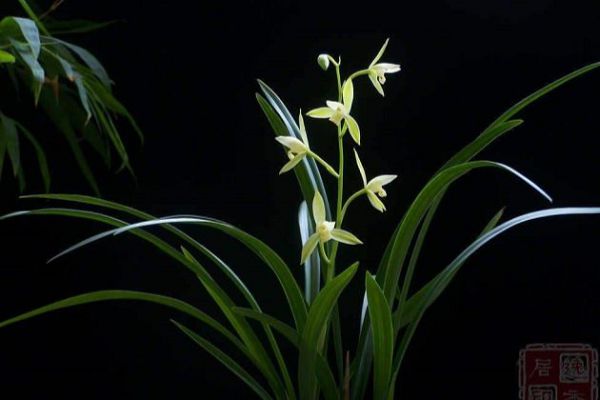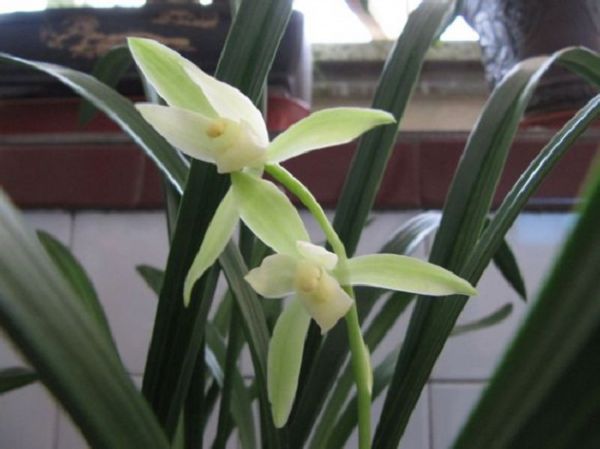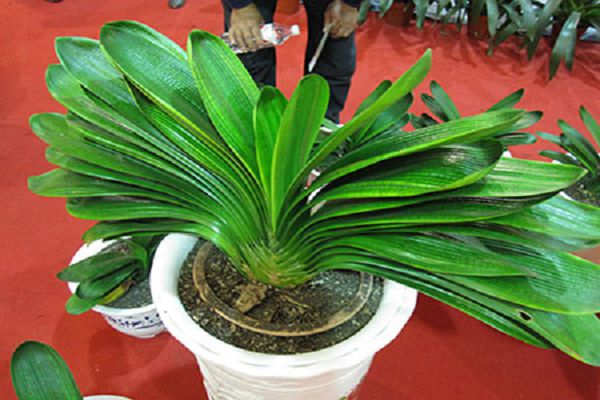Why don't orchids blossom? When do orchids blossom?

Recently, when I communicated with a group of flower friends, a flower friend asked Hua'ergu why orchids don't bloom. What is the reason why orchids do not blossom? Then I asked her what kind of orchid you raised. She said she didn't know. Isn't there only one kind of orchid? Then I told her that there are many varieties of orchids, the common orchids are Chunlan, Jianlan, Mulan, Hanlan, Huilan and so on, and different varieties have different flowering times.
When do orchids blossom?
The flowering period of different orchids is also different. generally speaking, the florescence of spring orchid is from January to March, from May to October, from December to February of the following year, from November to January of the following year, and from March to May. It can be seen that the florescence of different orchids is also different. In addition, there are some varieties of Cymbidium, whose florescence is also different.
Since there are so many varieties of orchids, what is the reason why orchids do not blossom during flowering? Next, Hua'ergu will discuss this issue with you.
Why don't orchids blossom?
Orchids need to meet many conditions for flowering, and failure to meet any of these conditions will lead to non-flowering or sparse flowering. The common reasons why orchids do not bloom are as follows:
1. Insufficient flowering age
Many flowers and plants need to reach the age of flowering before they can blossom. Generally speaking, seed seedlings and tissue culture seedlings will not blossom easily for many years. Just as some trees take many years to blossom and bear fruit, orchids also need a certain age. Generally speaking, orchids can only blossom from sprouts to adult plants, which is usually about 2-3 years.
2. Variety difference
Differences in varieties and regions will also lead to different flowering time of orchids. For example, the differences between north and south of China will lead to differences in temperature, light and overall environment, so the timing of flowering is also different.
3. Physiological disorder
If the orchid plant can not effectively grow flower buds during the flower bud distribution period, it will lead to non-flowering, which is common in the physiological growth of orchids. Many sudden situations lead to the growth of new leaf buds during the formation of flower buds, resulting in the failure of flower buds to absorb effective nutrients to promote flowers.
4. Improper cultivation
Sometimes our improper breeding methods can lead to the failure of orchids to bloom. It is common in improper watering and improper fertilization.
Improper watering is due to too much watering, especially during the flower bud distribution period, which will lead to non-flowering. Improper fertilization is more common in less phosphorus and potassium fertilizer and too much nitrogen fertilizer. Flower bud differentiation was inhibited. The solution to this problem is to replace nitrogen, phosphorus and potassium with reasonable flower fertilizer, or we increase the use of phosphorus and potassium fertilizer.
Related
- Is the orchid suitable for indoor use? Is it good for the body?
- How to prevent the empty root of orchids?
- What to do after the crab claw orchid is withered?
- Why are the leaves of orchids always yellow? Fertilizing and watering.
- Can the root of the gentleman orchid be saved if it is rotten?
- Diagnosis and treatment of cotton-blowing beetle insects in Cymbidium
- There is a way for a gentleman's orchid to rot.
- What is the most suitable temperature and humidity for the orchid?
- How to raise a gentleman's orchid? Cultivation techniques of Cymbidium
- How to prepare the nutritive soil for the cultivation of Cymbidium



